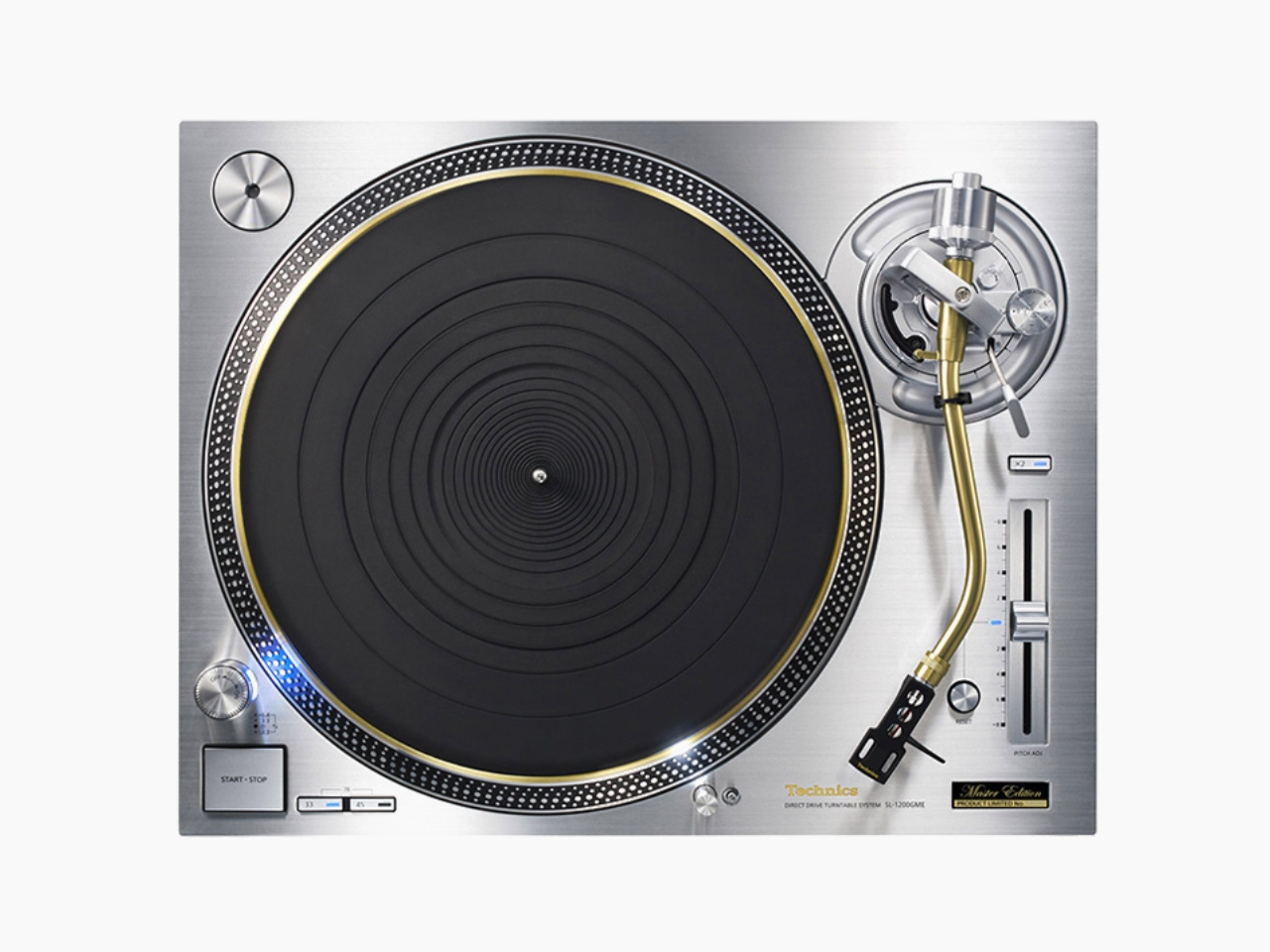If you’ve been shocked by how much you spend on streaming services lately, you’re not alone. Companies like Netflix, Disney, HBO Max and others have been consistently raising prices to the point where you may question if streaming is even worth it anymore. We at Engadget still think it is, but we also think you should be smart with your money — and that’s where streaming deals come in.
Yes, it is possible to get discounts on services like Peacock and Paramount+, even if those deals aren’t as common as a sale on AirPods. If you’re looking to save money and still stream all of the content you want, Engadget can help by laying out the best streaming deals you can get right now, how you can save with bundles and everything you should know before paying for yet another streaming service.
Best streaming deals
True streaming deals can be hard to come by. Most often, they’ll pop up during the Black Friday shopping period. On occasion, we’ll see them sparingly throughout the year and they usually take the form of a discounted monthly or annual rate for a limited period of time. Also, true streaming deals are typically on the ad-supported versions of a service, but once in a while you’ll find a unicorn of a deal on a tier that has ad-free viewing.
If you’re able to wait for a deal before subscribing to a streaming service, we recommend doing so. You’ll save money upfront and in the long run, and you also have the option to cancel your subscription before the price goes back up to the normal rate.
Audible subscription (three months) for $3 ($42 off): From now through mid-December, you can get Amazon’s audiobook subscription for just a dollar a month for three months. Note that it will auto-renew at $15 per month after that, but you can cancel at any point.
Starz (one year) for $30 ($40 off): Pay upfront for one year and you can get $40 off a Stars annual subscription. There's a month-to-month option too, which costs $5 per month for the first three months if you don't want to commit to the full year. Either option gives you access to the entire Starz TV and movie library with offline viewing and no ads.
Hulu + Live TV — $64.99/mo for 3 months ($25/mo off): New and eligible returning subscribers can get three months of Hulu + Live TV at a rate of $65 per month, which is much cheaper than the current $83-per-month rate and a whopping 27 percent off the new $90-per-month rate that kicks in on October 21. In addition to live TV content, unlimited DVR and access to more than 95 live TV channels, this service also includes Disney+ and ESPN Select, so you're essentially getting three separate streaming services under this umbrella. Just remember that your subscription will be billed at the new standard $90/month rate after the first three months.
Fubo Pro for $55/month for the first month ($30 off): Fubo has introductory discounts on most of its packages, and the Pro package is the least expensive plan currently listed. It offers access to 224 channels, unlimited cloud DVR and up to 10 simultaneous streams. It even includes regional sports content from the NHL, MLB and NBA.
Spotify Premium Individual (one month) for $0 ($12 off): This is our favorite music streaming service for podcasts and social features. The Premium Individual plan lets you listen ad-free and skip songs at will. You can also organize your listening queue and download content for offline listening. Just be aware, your subscription will auto-renew at the end of the trial period. So if you don't want to be on the hook for the $12 monthly fee, set a reminder to cancel and go back to the free version.
Streaming bundle discounts
There’s more consolidation happening now than ever before in the streaming space, and that means there are more streaming bundle options. These bundles offer you access to more content with one subscription price, but those prices are typically higher than paying for a single service by itself (obviously). It may be tempting to just get the bundle, but if only one of those services in the bundle speaks to you, you’ll spend less overall by just paying for the single service.
Speaking of a deep love for a single streaming service: if all of your favorite shows are on Peacock or the latest releases on HBO Max consistently bring you joy, consider paying for one year upfront. Subscribing with an annual plan usually saves you money in the long term over paying on a monthly basis. Unfortunately, not all streaming services (looking at you, Netflix) have an annual subscription option.
Disney+
If you feel like Charlie Kelly trying to figure out who Pepe Silvia is when you look at Disney's streaming prices chart, you're not alone. The confusion comes from the fact that Disney owns, or has a hand in, many streaming services including Hulu and ESPN. Throw in a partnership with HBO Max and you have a ton of options to consider and, probably, whiplash to match. Here's a quick overview of popular Disney+ bundle pricing.
Peacock TV
Peacock doesn't have any streaming bundles available all year round, but you can save if you pay for one year upfront.
Paramount+
Paramount+ used to bill its tier with Showtime as a sort of bundle, but it has since renamed its plans and focused the Showtime inclusion in its premium tier as just another bonus of paying for the higher priced plan.
Student discounts on streaming services
It pays to be a student — sometimes, at least. A number of streaming services have student discounts you can take advantage of as long as you're actively studying. What that translates to most of the time is being able to verify your student status and signing up with your .edu email address.
HBO Max student discount — subscribe for $5/month (50 percent off): HBO Max offers their ad-supported tier to students for half off the usual rate. You’ll just have to verify that you’re a student through Unidays, and make note that this offer is only good for up to 12 months of service.
Hulu student discount — subscribe for $2/month (75 percent off): Those with a valid student ID can get Hulu’s ad-supported tier for 75 percent off the typical rate. They’ll keep the same sale price for as long as they’re a student as well.
Spotify student discount — Premium + Hulu with ads for $6/month (72 percent off): Spotify’s student offer continues to be one of the best around, giving you access to the Premium tier of the music streamer and Hulu’s ad-supported plan for only $6 monthly. Purchased separately, you’d pay $22 per month for both of the services. Plus, the first month is free when you sign up.
NBA League Pass student discount — one year for $120 (40 percent off): Students can get one year of League Pass for only $10 per month, which includes access to NBA TV and the ability to watch classic and archive games on-demand. On the NBA League Pass website, look for the student discount banner at the top and follow the instructions to verify your student status.
Read more streaming coverage
Follow @EngadgetDeals on X for the latest tech deals and buying advice.
This article originally appeared on Engadget at https://www.engadget.com/deals/best-streaming-service-deals-133028980.html?src=rss







